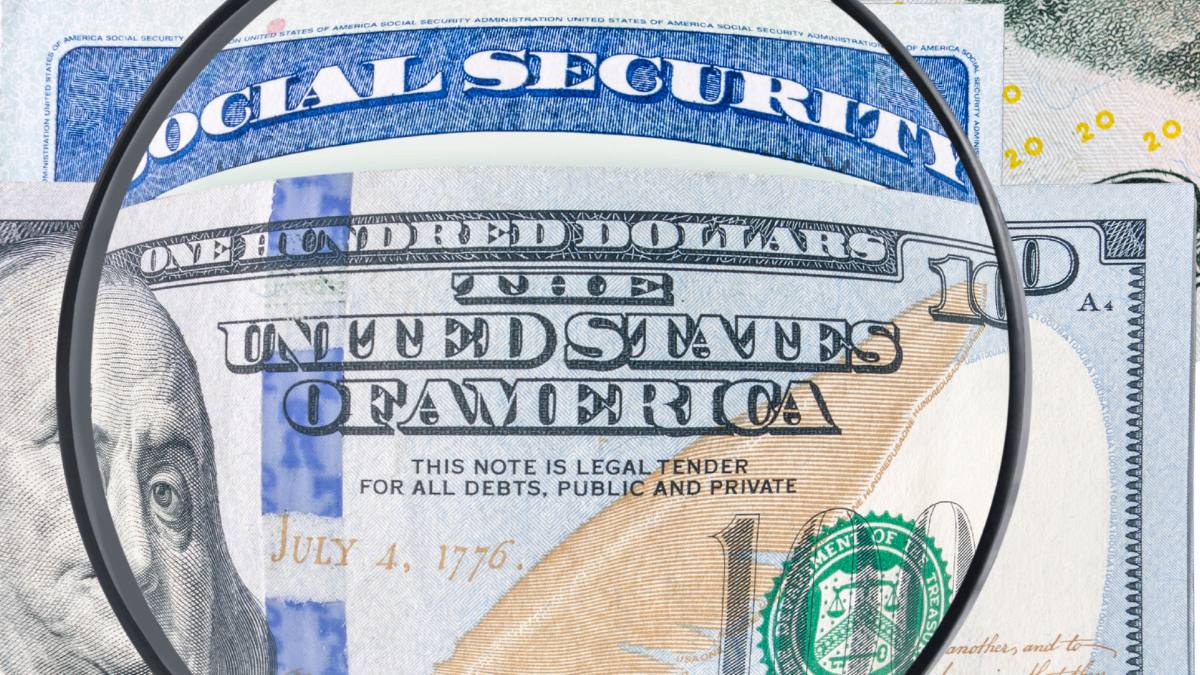The Social Security Administration has just confirmed the complete dates of the retirement benefit calendar for the month of April 2025. These are four dates in total that begin on April 3 and end on Wednesday the 26th. The date you are due for payment depends on whether you received your first retirement payment before or after May 1997.
Remember that you should not confuse your retirement benefit with the Supplemental Security Income (SSI) program: The amount of money you receive per month from the SSA depends on how many years you have worked, your wages in those years and the age at which you have decided to retire. Instead, SSI is for older adults or people with disabilities who have low income and need an extra monthly boost to make ends meet. (this does not depend on contributions in Social Security taxes).
Social Security payment dates confirmed for the month of April
In April 2025, there are four payment dates for Social Security benefits.
- April 3: Payment of retirement benefits for those who began receiving them before May 1997, receive both SSI and Social Security, live outside the US, or have Medicare premiums paid by the state.
- April 9: Second Wednesday, for retirement beneficiaries born between the 1st and 10th of the month.
- April 16: Third Wednesday, for retirement beneficiaries born between the 11th and the 20th.
- April 23: Fourth Wednesday, for retirement beneficiaries born between the 21st and 31st.
How much will Social Security retirement beneficiaries receive in April 2025?
The maximum Social Security retirement benefit can vary significantly depending on the age of claim, and can range from $2,831 for those who retire at age 62, to $5,108 for those who defer their retirement until age 70. This range is not arbitrary, but rather responds to the structure of the United States Social Security system, which is defined by law.
The amount of the retirement benefit depends largely on the Full Retirement Age (FRA), which is the age at which a worker is entitled to receive their full benefit, known as the Primary Insurance Amount (PIA). For citizens born in 1960 or later, your FRA is age 67, so claiming retirement earlier will result in a permanent monthly benefit reduction. On the contrary, waiting beyond FRA increases it to a maximum at age 70.
The PIA is calculated by taking the 35 years of a worker’s highest income, adjusted for cumulative inflation. The SSA averages these earnings and applies a progressive formula to determine the PIA to the FRA. This formula proportionally favors those who had low or middle income during their career, but the maximum benefit is only achieved by those who consistently earned the maximum Social Security taxable income (projected to $176,100 by 2025).
For example, if the PIA to FRA is $3,000:
- At age 62, the benefit drops to about $2,100 (30% reduction).
- At age 70, it rises to $3,720 (24% increase, or 8% for three years).
Now, to claim the maximum of $5,108 in 2025, these conditions are met:
- It is claimed at age 70, taking advantage of the 8% annual increase since the FRA.
- The worker had income at the level of the taxable maximum ($176,100 in 2025) during his or her 35 years of highest income. In comparison, at FRA age 67, the maximum benefit would be $4,018. And at age 62, it would fall to $2,831.
These figures show how the system rewards waiting until age 70, especially for those who have high-income careers and have the financial means to continue supporting themselves sooner, thus avoiding unnecessarily putting pressure on the Social Security system.




